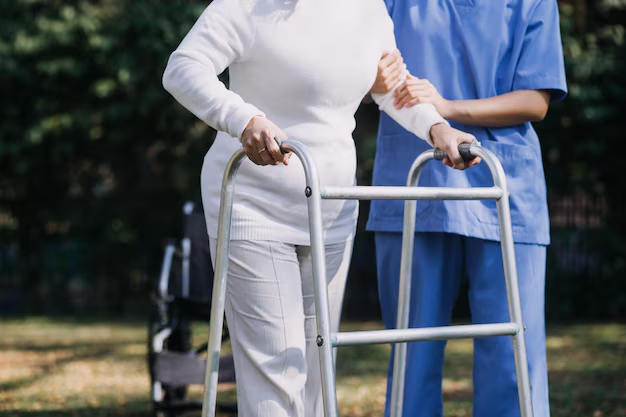Do Walkers With Seats Get Covered by Medicare? Here's What You Need to Know
Navigating the world of healthcare can often feel akin to finding your way through a maze. For those who rely on Medicare, understanding what is covered and what is not can seem daunting, especially when it comes to durable medical equipment (DME) like walkers with seats. If you or someone you love is in need of this vital tool for mobility, there’s good news—Medicare can indeed provide coverage, but with a few conditions.
Understanding Medicare Coverage for Walkers
Medicare Part B is primarily responsible for covering medically necessary DME, which includes walkers and rollators (walkers with seats). For Medicare to cover these devices, the following criteria usually need to be met:
- Medically Necessary: The walker must be deemed medically necessary by a doctor. This often involves an assessment of the patient’s mobility issues and how the walker can assist.
- Prescription Requirement: The walker must be prescribed by a healthcare provider.
- Medicare-Approved Supplier: The device must be purchased or rented through a supplier that is approved by Medicare.
- Basic Functionality: Only walkers that are considered essential for daily living are covered. Higher-end models with additional features might require out-of-pocket expenses.
When all of these conditions are satisfied, Medicare typically covers 80% of the Medicare-approved amount after the yearly deductible is met. The remaining 20% is the patient’s responsibility, although secondary insurance or Medigap plans can help cover these costs.
Exploring Additional Financial Assistance
When Medicare doesn’t fully cover the price or if you need a more advanced walker than what Medicare covers, there are additional options to explore for financial assistance:
- Medicaid: Depending on your state, Medicaid may offer further assistance for patients with specific low-income eligibility.
- Veterans Affairs (VA): If you're a veteran, you might be eligible for equipment through the VA.
- Nonprofits and Charities: Organizations like the National Council on Aging and others offer support programs to help with medical equipment costs.
- Discount Medical Supply Programs: Some programs offer medical supplies at a reduced rate for low-income individuals.
Broader Financial Support Options
Understanding Medicare’s coverage is just one piece of the puzzle. Various other support and aid programs can alleviate the financial burden associated with medical and daily living expenses. Here’s a look at some broader options you might consider:
👉 Government Assistance Programs:
- Supplemental Security Income (SSI): Offers additional income to help aged, blind, and disabled people who have little or no income, providing cash to meet basic needs for food, clothing, and shelter.
👉 Debt Relief Solutions:
- Credit Counseling Services: These services can help manage debts, which can free up funds for medical expenses.
👉 Educational Grants:
- Lifelong Learning Accounts (LiLAs): A matched savings account for education and skills-building, it’s a smart choice if you’re considering re-education or career transition.
👉 Credit Card Solutions for Medical Expenses:
- 0% Intro APR Cards: Some credit cards offer 0% interest on purchases for a limited time, which can be a way to spread out the cost of a walker if Medicare coverage is limited.
No matter what your financial situation, there are resources available to help navigate the costs associated with medical needs. Exploring these options can lead to the relief not just in mobility, but in peace of mind.
Whether you’re getting a walker through Medicare or seeking additional financial relief, a range of programs and services can ease the way. Mobility is crucial for independence, and understanding your options is the first step toward securing it.

Related Topics
- Am I Elgible For Medicare
- Am I Enrolled In Medicare
- Am I Qualified For Medicare
- Are Adult Diapers Covered By Medicare
- Are Chemotherapy Drugs Covered By Medicare Part d
- Are Colonoscopies Covered By Medicare
- Are Covid Tests Covered By Medicare
- Are Cpap Machines Covered By Medicare
- Are Cpap Supplies Covered By Medicare
- Are Dental Implants Covered By Medicare